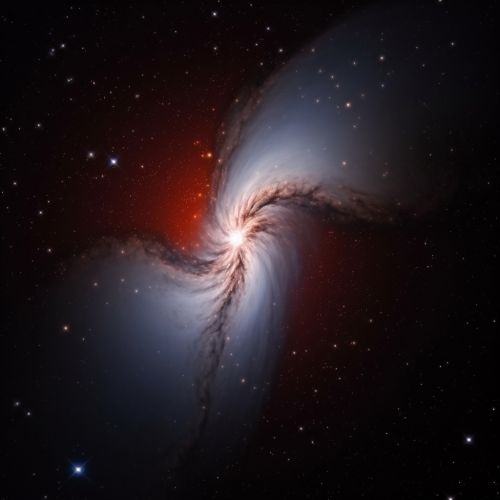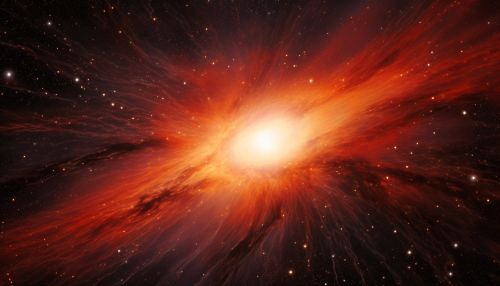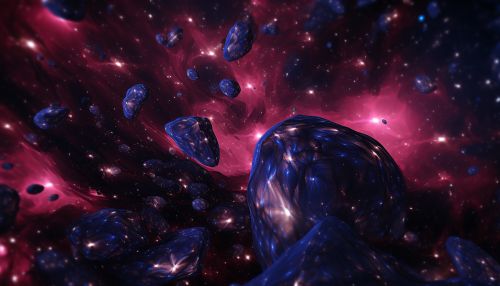Coma Cluster
Introduction
The Coma Cluster is a large cluster of galaxies that contains over 1,000 identified galaxies. Along with the Leo Cluster, it is one of the two major clusters comprising the Coma Supercluster, which is one of the largest structures in the universe. The cluster's mean distance from Earth is 99 Mpc (321 million light years).


Discovery and Observation
The Coma Cluster was discovered in 1933 by Swiss astronomer Fritz Zwicky who was the first to perceive galaxies as actual "island universes" separate from the Milky Way. He observed a region of the sky known as the Coma Berenices, named after Queen Berenice II of Egypt, and noticed a concentration of faint galaxies. This led him to the conclusion that he was observing a large, distant cluster of galaxies.
Composition
The Coma Cluster is a rich, dense cluster composed primarily of elliptical galaxies and S0 galaxies, with fewer spiral galaxies. The two brightest members of the cluster, NGC 4874 and NGC 4889, are both giant elliptical galaxies and are among the most luminous galaxies in the nearby universe.


Structure and Dynamics
The Coma Cluster has a very high galaxy density, especially in its central region, and is therefore classified as a type I cluster in the Bautz-Morgan classification. The cluster's large mass, along with the high velocities of its galaxies, implies the presence of a large amount of dark matter.
The cluster exhibits strong X-ray emission, indicating the presence of hot, diffuse gas with a temperature of approximately 8 million degrees. This intracluster medium contains more mass than all the galaxies in the cluster combined.
Role in Cosmology
The Coma Cluster has played a significant role in the study of cosmology. Its large mass and high galaxy velocities were among the first pieces of evidence for the existence of dark matter. The cluster's large size and high galaxy density make it an excellent laboratory for studying galaxy evolution and interactions.


